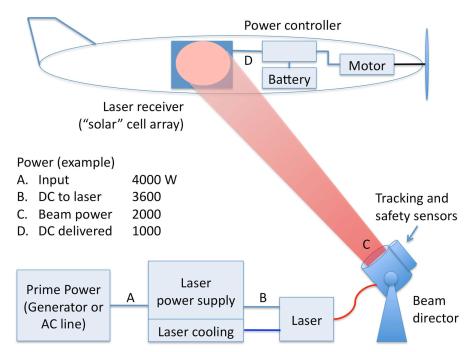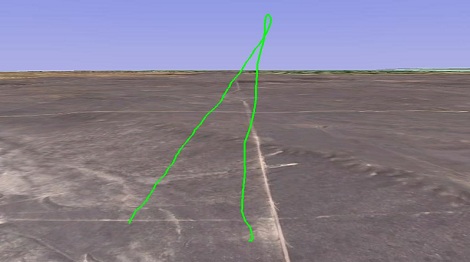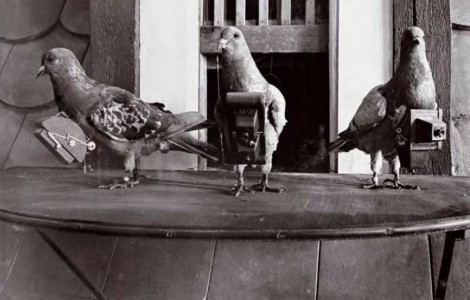
Every other year the Australian Research Center for Aerospace Automation, the government of Queensland, Australia and other government and research institutions hold a contest to develop technology for unmanned aerial vehicles for the wastes of central Australia. Canberra UAV – a group of autonomous drone enthusiasts from the Make, Hack, Void hackerspace – took part in this UAV challenge this year. They ended up with one of the most successful UAVs to every compete, and while they didn’t quite finish the competition they were one of the most successful entries to date.
The goal of the Search and Rescue Outback Challenge is to take off from a landing strip, search for a mannequin named Outback Joe, and deliver 500 ml of life-giving water via air drop. Out of 72 teams entered in to this year’s Outback Challenge, only 6 were allowed to take off – safety restrictions, don’t you know – and all but two hadn’t been destroyed via ‘rapid, unplanned descent’ during qualifications.
UAV Canberra was the only team able to search the entire 5 nautical mile radius search area with their cameras and find Outback Joe. Contest judges gave them permission to drop their payload, but unfortunately the bottle of water was snagged on the engine.
In the many iterations of the Search and Rescue Outback Challenge, UAV Canberra is only the second team to locate a mannequin in the outback, and the first to do it autonomously. A shame, then, that they were unable to claim a victory, but we’ll look forward to their entry in the next Search and Rescue competition.
You can check out a few videos of the Canberra UAV team’s flights after the break.
Continue reading “Using UAVs To Find Mannequins Lost In The Outback”

















